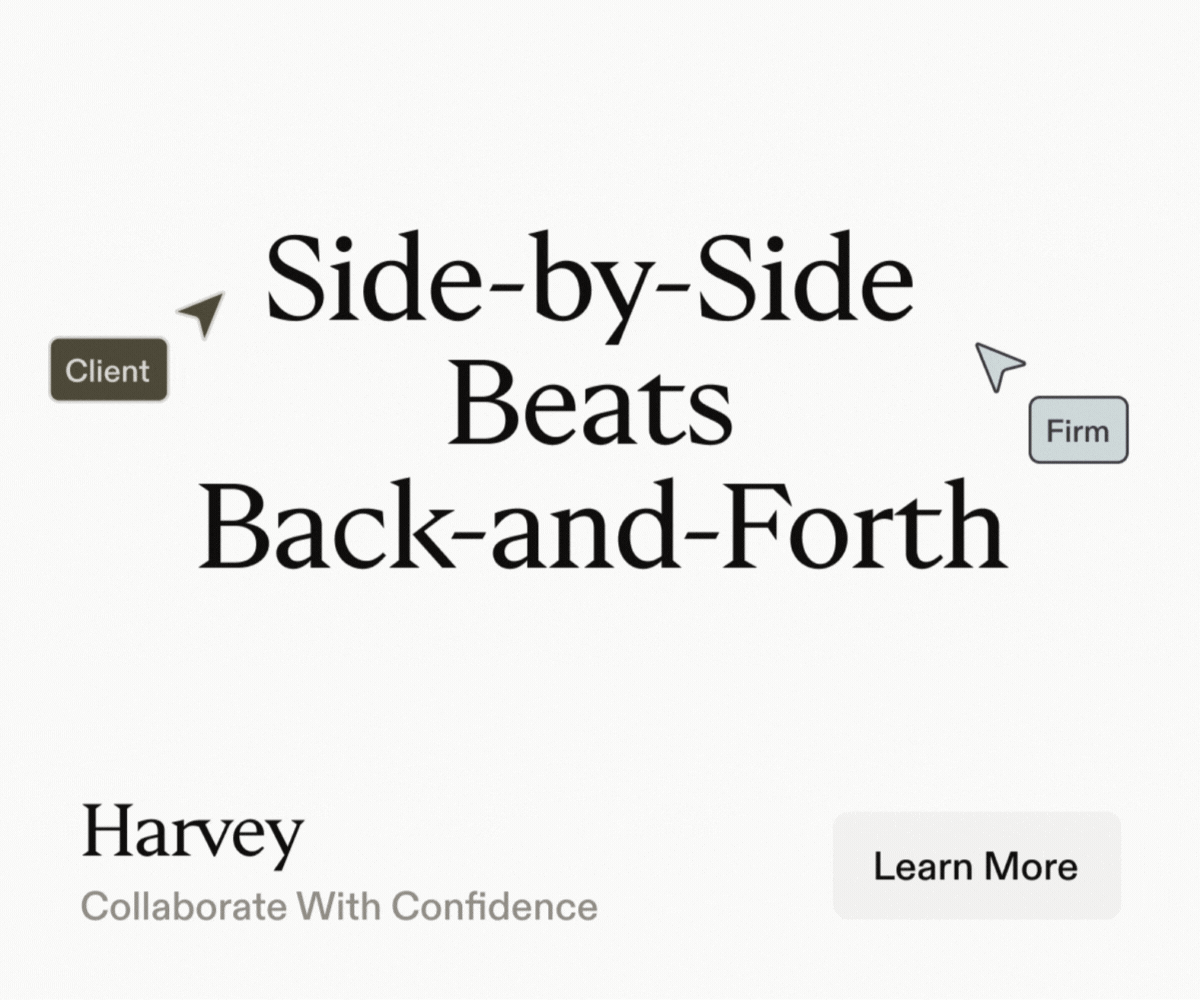SeeUnity: Defining artificial intelligence
For the past year or so, we have been reading non-stop about artificial intelligence in business systems. We know that Salesforce has recently deployed Einstein to better help account managers and sales teams nurture their leads and opportunities. We also know a lot about IBM Watson, and how it is helping doctors more accurately diagnose patients. Then in the legal space, there is Ross, an AI legal researcher meant to give lawyers more (billable) time with clients and less time researching. There is also the DoNotPay robot lawyer that has helped people get out of parking tickets in London and New York. They have recently expanded to large cities like Denver, Chicago, and Los Angeles. This fancy little bot will ask you questions about the parking ticket, like where you got it, what time, etc. and pop out a letter to send to the city to fight the ticket.
But what is AI really? And why does it feel so new?
In the dictionary sense, it’s defined as “a branch of computer science dealing with the simulation of intelligent behavior in computers,” or “the capability of a machine to imitate intelligent human behavior.” In terms we can all understand, AI is a form of computer science that aims to give computers the ability to act intelligently.
Let’s stop right there. Since the inception of computers, we have strived to make them do things that normally we, as humans, would be doing manually. But somewhere down the line, we decided to give it an intimidating name. That’s why it feels so new to us.
When the average person hears “artificial intelligence” their mind quickly races to films like The Terminator and iRobot. These films capitalize on the idea that intelligent robots will one day turn on humans and take over the world. Rarely do they focus on the reality of why the science of artificial intelligence exists.
Examples of AI in today’s everyday world
Despite the fear that most individuals have of AI, it has been with us since the inception of computers, because ultimately it is the goal of every computer and the reason they were created. Over the years AI has become more complex, more entwined in our lives, and most importantly, we’ve become more used to it. We all carry some form of AI around with us every day. Take Siri, for example. iPhones are intelligent enough to understand natural language. Siri has a name that she responds to – humans have names that they respond to. Siri can give you directions – humans can give you directions.
Another example of AI in today’s world is Alexa, part of the Amazon Echo. While there has been more controversy surrounding privacy with the Echo, there have been legal uses for the Echo as witness to crimes or conspiracies to commit crimes.
FitBits are another good example of AI that is used daily. While a FitBit may not speak to you or understand natural language, it can respond to body language, so to speak. Gathering information like your heart rate and how often you are moving to help you stay fit, like a tiny personal trainer. They also have predictive capabilities to know what kind of exercise you are doing, and through connection with an application can track and categorize those movements. FitBits are another “smart” device that have been used to assist investigators in solving crimes. Most recently FitBit data was used to disprove a husband’s alibi about his wife’s death. He is now being charged with her murder.
Less obvious forms of AI
Where does the fear of AI stem from? Well, there is always paranoia. But what people need to understand is that we have been using technology and science to automate systems since the industrial revolution. The creation of engines to run a car was automation. And while it wasn’t artificial intelligence back then, cars these days have computers so advanced that they can send messages to your phone to say when their tire pressure is low, or it’s time for an oil change.
At the inception of the computer, the goal was to automate computation. People programmed them to follow arithmetic logic to quickly solve complex math problems. Computers quickly became more powerful and as science and technology improved, automation happened on the back end, and people were more accepting of it.
Take for instance submitting a “contact us” form on a website. Sure, you manually enter the information, but once you hit submit, there are backend automated processes that the submitted information goes through. Technology can separate, map, and categorize each piece of information to assist an employee of that organization in contacting you. This process was once something that organizations used to train their employees to capture manually (hello Rolodex). Now it is done automatically, with little human interaction.
If we take a look at SeeUnity technology, for example, when configured in certain ways it can intelligently synchronize or move content based on dependencies of how it should be synced, where it should be synced, and who should see it. It can automate part of a behavior that would once need to be initiated by humans each time a document was worked on. So instead of saving a document to a flash drive, physically delivering it to someone else to work on it, then repeating that process the other way, and replacing the original, the synchronization takes place on its own, without much interaction from humans.
Where is AI going?
There is no crystal ball that will tell us the exact future of AI, but what we can be sure of is that it is going to make humans better at everything. With the use of AI, we are already becoming more efficient workers. We are communicating faster and with more people than ever before. And we are improving the way people get medical care.
AI has the potential to make the world a safer place. Just today I read about a “smart” exoskeleton that was built to keep elderly people from falling, thus avoiding injury and sometimes death. It recognizes how they walk naturally, and when it feels like the person is losing balance, little motors will kick on to stabilize the person.
When it comes to privacy issues, there is an argument that artificial intelligence is going too far. People are intimidated by the idea of “robot lawyers” and machines taking our jobs. But we are so far past that. Artificial intelligence frees up our time to do better work. In the case of a law firm and the use of Ross, AI is allowing lawyers to spend more time with their clients. But there still lies the fears that we are making George Orwell’s “1984” a reality via artificial intelligence. Maybe we are just looking for a reason to reject the idea of artificial intelligence?
The direction the artificial intelligence is going in is far from the Hollywood depiction of the demise of humans. If anything, AI is going to do more good, allow us to live better lives for longer, and help us get more done in everyday life. The unfortunate fact is that AI is going to do away with some jobs. But if we are perfectly honest about it, the jobs that will be replaced by AI are mundane. This will give people the opportunities to make more money doing things like engineering AI, maintaining AI systems, and improving AI technology. When one door closes, another one opens.
In the enterprise content management space, we have to wonder, though, how can AI make ECM better?



